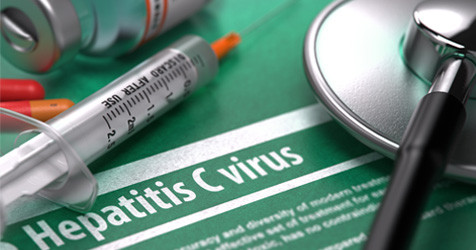From caring for a patient undergoing a screening procedure for liver cirrhosis to the complex management of a patient awaiting liver transplantation, patients and families can be confident that the highest quality of care will be delivered. We use state-of-the-art diagnostic techniques that are less invasive, including new surgical techniques and innovative treatments for liver tumors. Among the novel treatments offered are minimally invasive resection, including laparoscopic pancreatectomy and hepatectomy; tumour ablation that includes cryoablation, radiofrequency or microwave ablation to allow for percutaneous or open ablation of liver tumors; directed radiotherapy or the administration of intra-arterial yttrium-90 labelled Theraspheres or SIR-spheres for patients with multifocal hepatic disease not amenable to resection or to other methods of ablation; hepatic arterial regional chemotherapy and two-stage hepatectomy.
LIVER BIOPSY
This is the best way to establish what type of liver disease is present and the extent of the disease. It is usually performed by inserting a needle into the liver through the skin and taking a small sample of liver tissue. Examination of the sample under the microscope can demonstrate what damage or what type of disease is present. Before your doctor does this procedure, they will check whether or not you are at increased risk of bleeding by doing blood tests.
LIVER TRANSPLANT
A liver transplant is needed when a person’s liver is failing and a doctor recommends he or she be evaluated for a transplant. Many diseases can cause liver failure. Cirrhosis (scarring of the liver) is the most common reason for liver transplants. Donated livers come from living and non-living donors.










